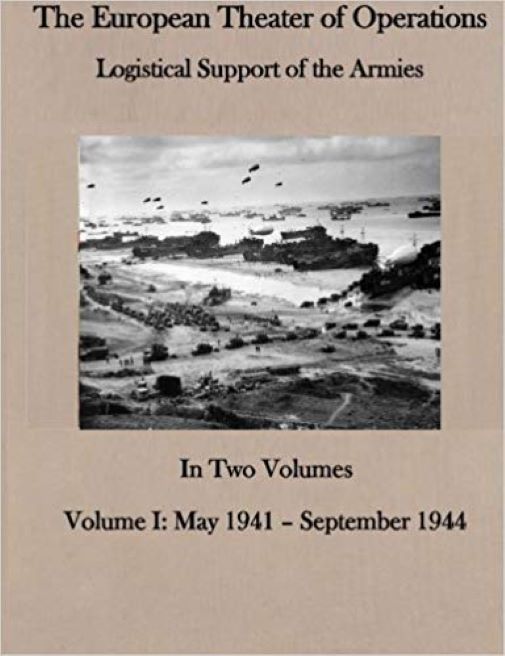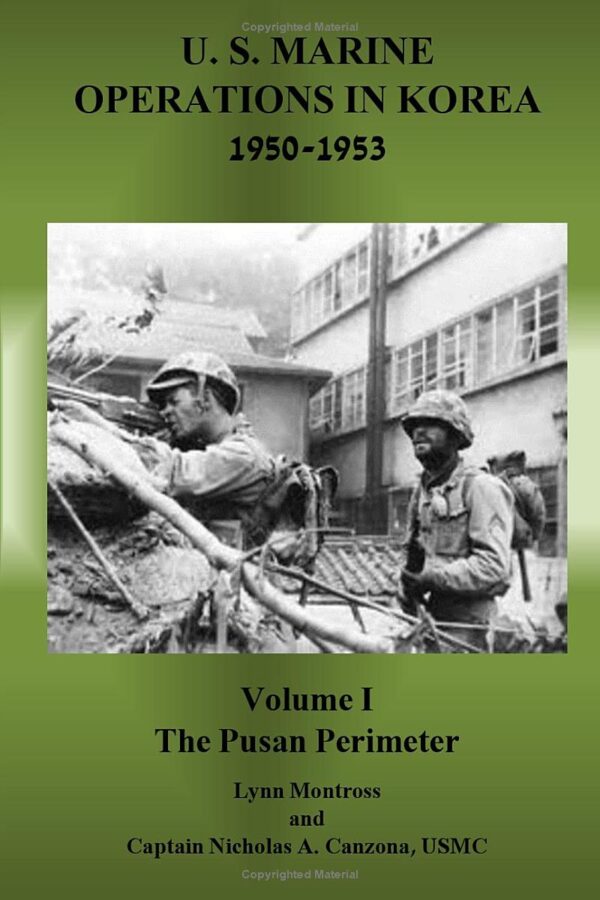The European Theater of Operations Logistical Support of the Armies: In Two Volumes Volume I: May 1941-September 1944
World War II provided a convincing demonstration of the decisive role which materiel supremacy can have in modern warfare. But while the importance of logistics is repeatedly asserted, little has been written to indicate the complexity of the administrative machinery needed to bring the required logistic support to bear at the proper place and time, or to show the difficulty of anticipating the requirements of distant battles. This work recounts how U.S. forces were built up in the United Kingdom for the great invasion of 1944, and how they were supplied during operations on the European Continent. The present volume begins with the arrival of the first small group of U.S. Army “Special Observers” in the United Kingdom in the spring of 1941 and carries the story of logistic support on the Continent to the end of the pursuit in northern France in mid-September 1944. A second volume will carry the story forward to the end of hostilities in Europe in May 1945. The aim throughout has been to relate the problems of logistic support to tactical plans and operations. While the story of procurement, movement and distribution of supplies and manpower is told largely from the point of view of the theater or SOS-Communications Zone, the agency responsible for the support of U.S. forces, the focus throughout is on the influence which logistic support or lack of it had on the planning and conduct of combat operations by the field armies. The substantial apportionment of space to the discussion of theater command and organization is explained by the direct bearing which that problem had on the administrative structure of the European theater and consequently on the logistic support of U.S. forces. Except for the period of the U.K. build-up, little attention is given the logistic support of the Army Air Forces, since the story of that support is told elsewhere. Limitations of space have made it necessary to exclude from treatment in this volume certain activities normally falling within the definition of logistics, such as evacuation, hospitalization, and salvage. The importance of transportation, of port and railway construction, and of shortages of major items such as ammunition and combat vehicles, to the story of logistic difficulties has resulted in an unavoidable encroachment on the histories of the technical services. The technical aspects of their operations are left to the histories of those services. While an attempt has been made to maintain a chronological organization, constantly relating supply to tactical developments, the nature of the subject has made it necessary to combine the chronological with the topical treatment. Some trespassing on strict chronology has therefore resulted, as, for example, in recounting the story of Cherbourg’s reconstruction and performance. That story is postponed to the second volume where the port problem as a whole is treated at length. Command and organizational developments of the pursuit period, including the circumstances surrounding the move of the Communications Zone headquarters to Paris, and an analysis of the command decisions of early September 1944 in the light of the logistic situation at that time are likewise postponed to Volume II.
634 pages





